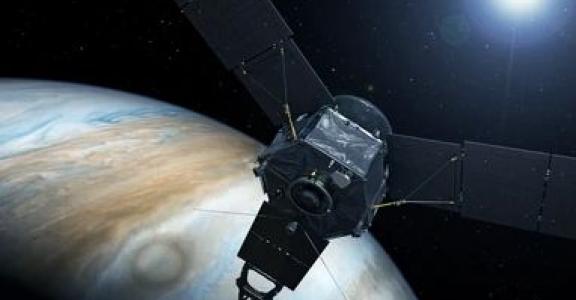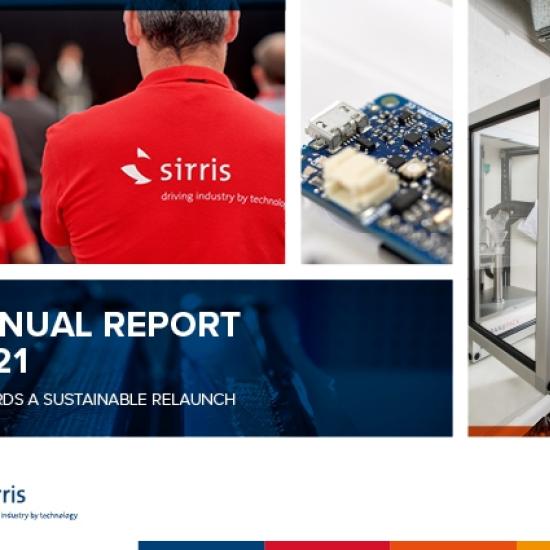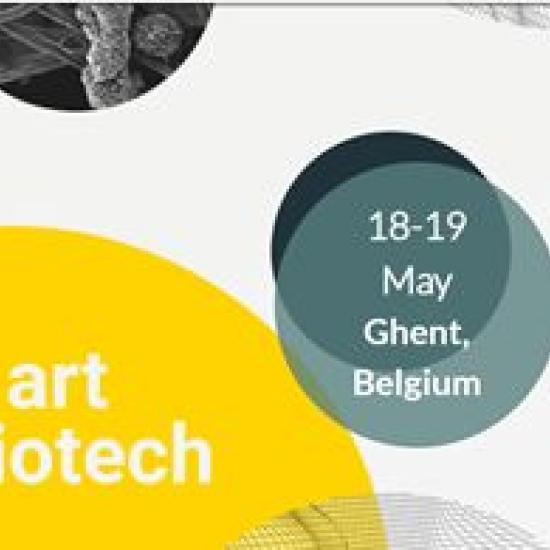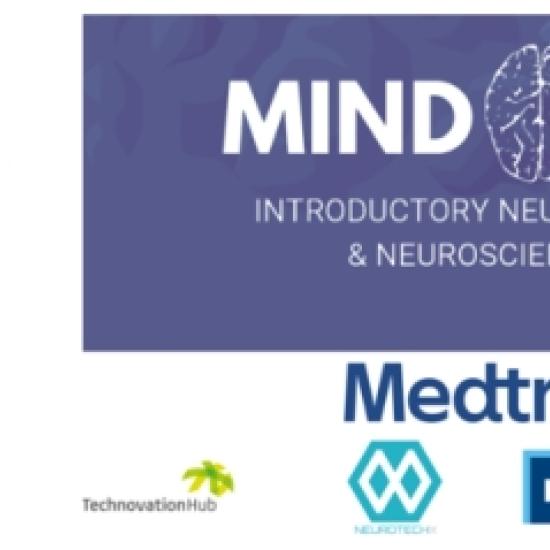Since 2011, 12 April has been the International Day of Human Space Flight, to celebrate the day that Yuri Gagarin became the first man in space. Belgium, too, has always had a thing for space, and the space industry has been growing and flourishing for many years. Our society without aerospace is just unthinkable now: communication, navigation, climate… you name it. Research and innovation are essential, and goes on every single day, in our companies and at Sirris!
Space travel, rocket technology... it has all been capturing our imagination for decades. The technological challenges involved are indeed huge, and also very important to better get to know our place in the universe and our own planet. Examples include weather satellites that can now accurately determine and predict the weather, or probes carrying advanced on-board equipment to detect methane leaks, which help make the oil and gas industry more environmentally friendly.
The sky is not the limit
A great deal of innovation is required to make these missions happen. In Belgium, too, we are very active in this area. Our country is one of the founding members of ESA and even makes financial contributions every year. When it comes to activities, we also get a lot done. The Belgian space industry uses several of its own satellites, including the PROBA series which maps vegetation, for example, and actively contributes to the design and construction of instruments, components for manned and unmanned space flight and the scientific support for these activities from our universities.
Since a few years, Sirris has also been playing a role in this. Our technology, and more specifically our knowledge of 3D printing of metals and functionalisation of surfaces by means of laser technology, is in full development for application in future space missions. For example, lighter, custom-made structures that can better withstand the various stresses during a mission (including vibrations during launch and the day-night cycle due to the earth's rotation). Or textured surfaces that can release much more heat into the room, making radiators smaller and lighter, but also more precise instruments.
The focus of these developments lies on the cooperation with the Belgian space industry and the possible future spin-off of the technology to our non-space partners. The technology of the ultra-black textures, for example, is being developed together with CSL - Centre Spatial de Liège, AMOS and QinetiQ, which, together with ESA, covers just about the entire chain, from instrument design to production and even integration in a probe. First terrestrial applications have already been identified and some feasibility studies are ongoing. Sirris plays a central role in identifying, developing and translating the technology into other applications.
If you are interested in our 'in space' activities or possibly have a terrestrial application in mind, please do not hesitate to contact us!
More info about our space related activities? Check out the following blog posts and references:
Laser texturing for achieving the deepest black
Amos produces and tests mechanical and optical aerospace parts
Thales halves production lead time of aerospace components
ESA programme on additive manufacturing for aerospace applications
Sonaca develops three case studies for lightweight components for the aerospace industry
(Image: Dreamstime)




